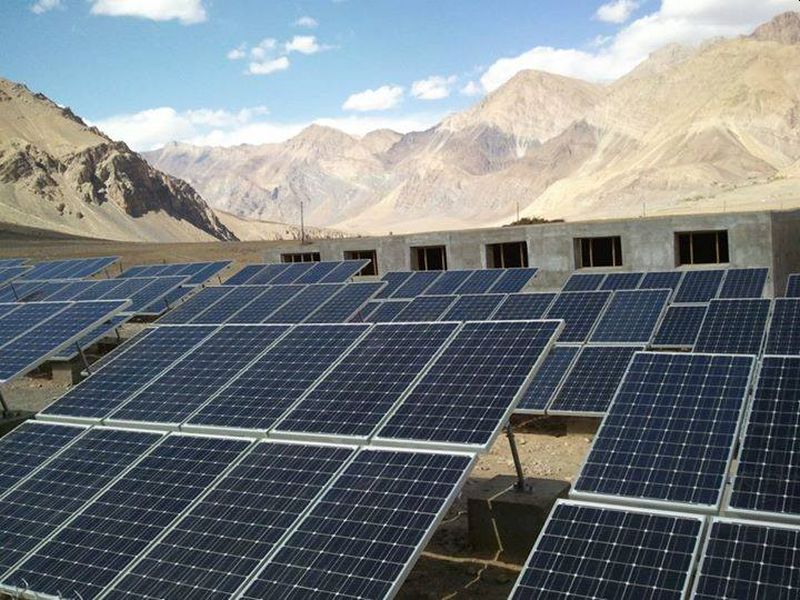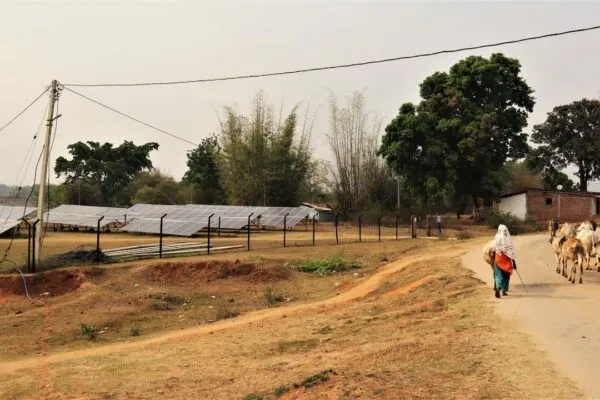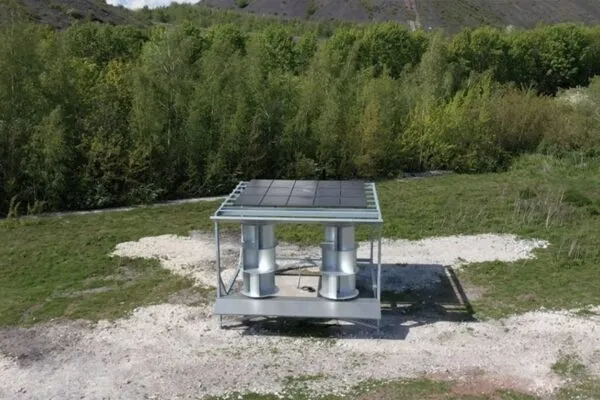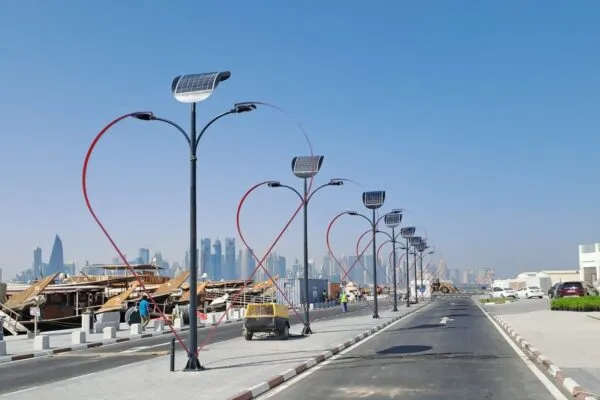Despite Challenges Ladakh Could Emerge as India’s Biggest Solar Powerhouse
The Indian government has been planning to make Ladakh the country’s first union territory to run completely on renewable energy. The newly declared union territory already has about 30 megawatt (MW) of small hydro projects. The government aims to install solar power plants to reach its power demand with renewable energy resources.
The Solar Energy Corporation of India (SECI), a public-sector entity under the Ministry of New and Renewable Energy, promoted the project aiming to install facilities that will generate 7,500 MW of solar energy by 2023.
To fulfill this ambitious goal, the authorities have been looking for suitable sites for solar power plant installations. Besides the semi-arid areas in Rajasthan, the cold desert of Ladakh has the capacity to generate a huge amount of renewable energy.
Solar Power Project in Ladakh
Given the abundance of surplus land owned by the government, Ladakh seems a great option to install solar projects. Every year, the region has almost 300 days of clear and sunny sky with a massive potential to generate solar energy.
The project is divided in two major modules. The first module of 2,500 MW in Suru area of Zanskar in Kargil district will deliver electricity into the Kashmir Valley through transmission lines. The second module of 5,000 MW in the Pang area of Leh district. It will have transmission lines directed via Manali in Himachal Pradesh toward Kaithal in Haryana. That electricity would be transferred further to Delhi-NCR region.

Image: Facebook
To ensure local nomadic communities have enough land for their livestock to graze, the government has split the 5,000 MW project across two sites of 2,500 MW each – one in Pang and the other in Hanle.
The Challenges
The project promises a lot of solar energy generation potential but, there are many challenges as well. These project sites are in very remote locations. The lack of roads in some areas addresses the concerns regarding transporting heavy equipment required for the construction.
The deficiency of skilled labor for construction and maintenance of these power plants is yet another challenge. Therefore, this will require skilled workers from outside the region over long distances from other parts of the country.
The tough terrain and the harsh weather conditions will make the construction work even more difficult. The workers will have to work under challenging circumstances at an altitude above 10,000 ft. under sub-zero temperatures and high winds.
There is no doubt that with time and effort these challenges can be overcome and Ladakh could become India’s biggest solar power hub.
Via: The Better India


